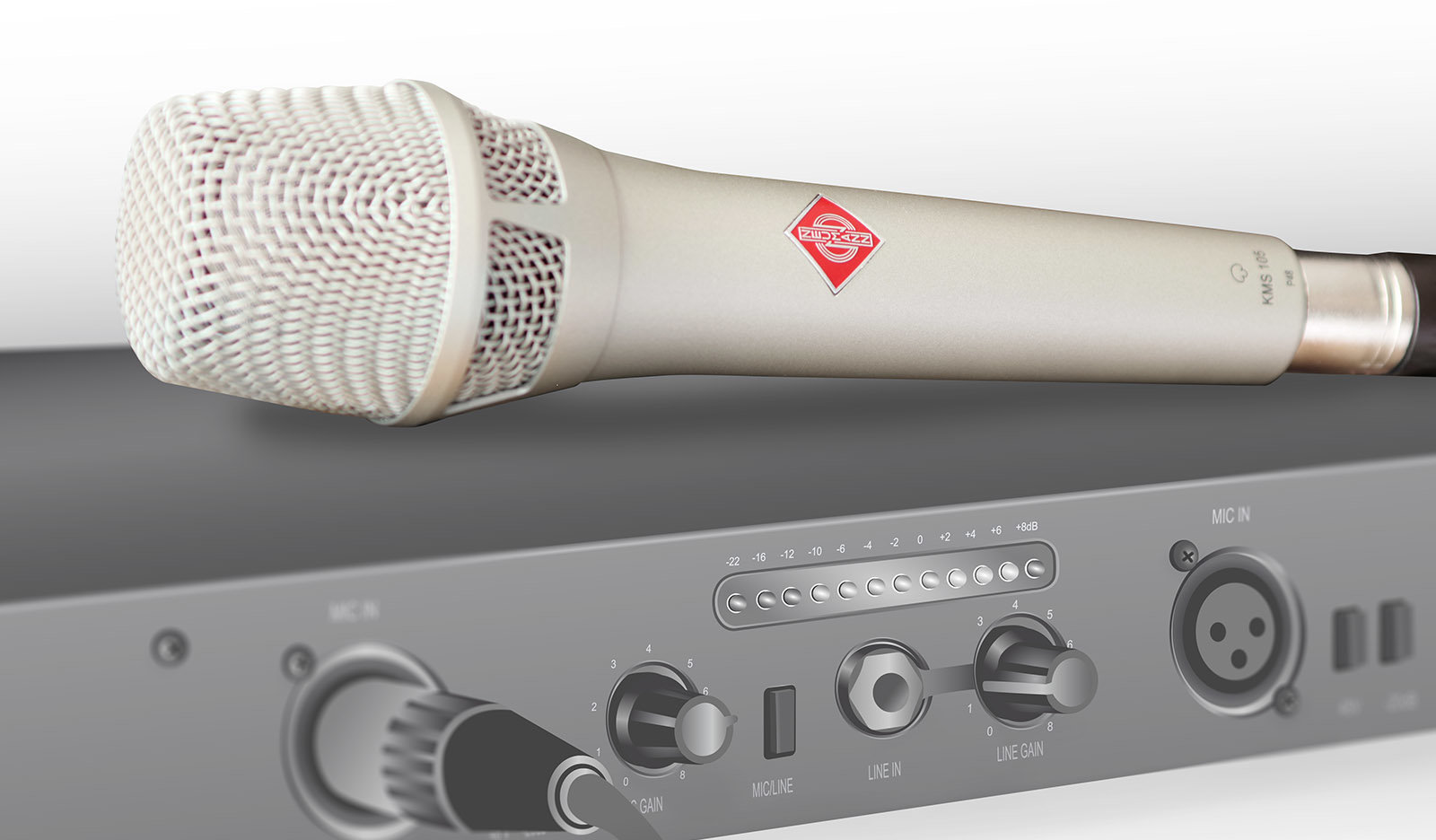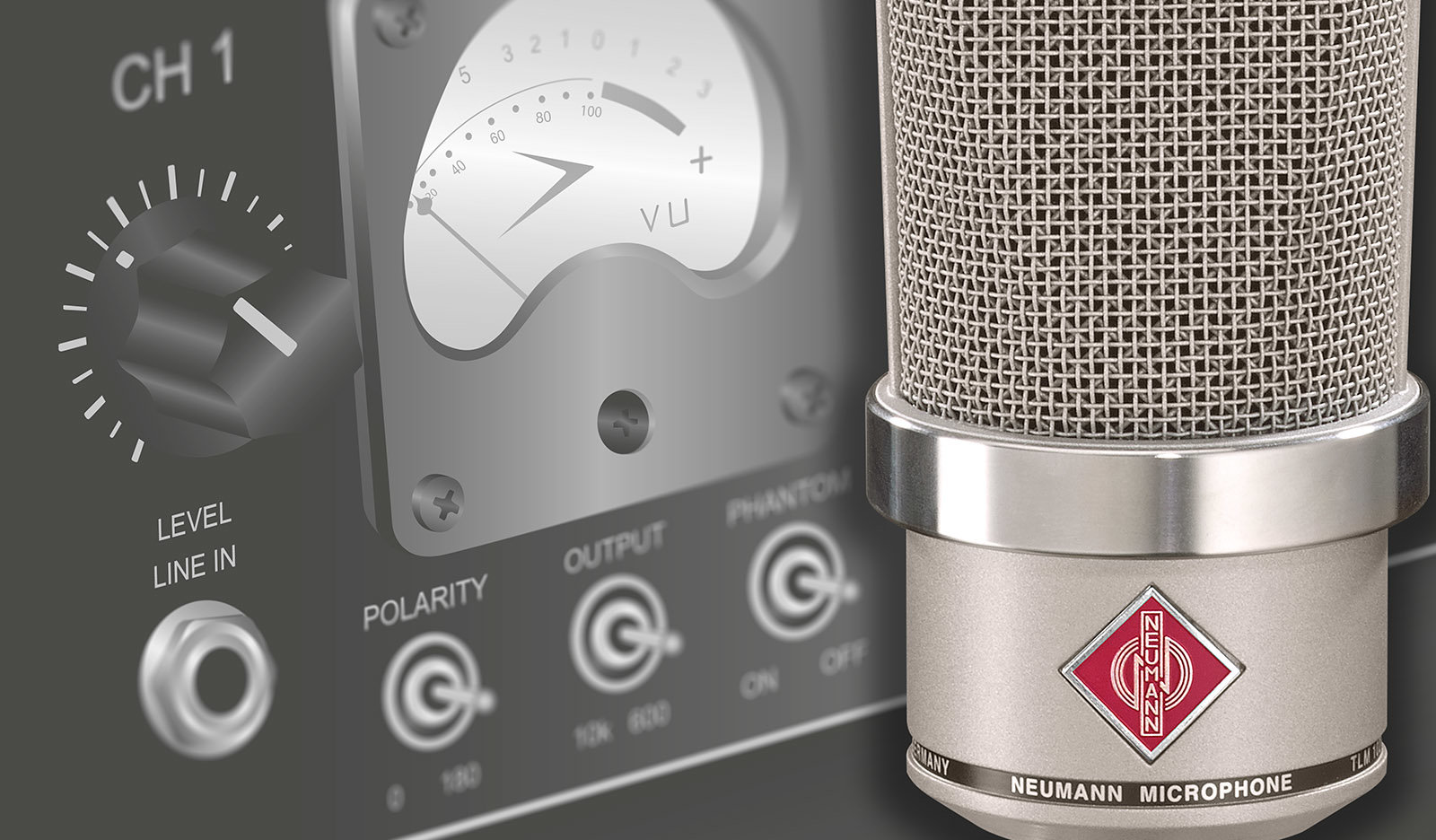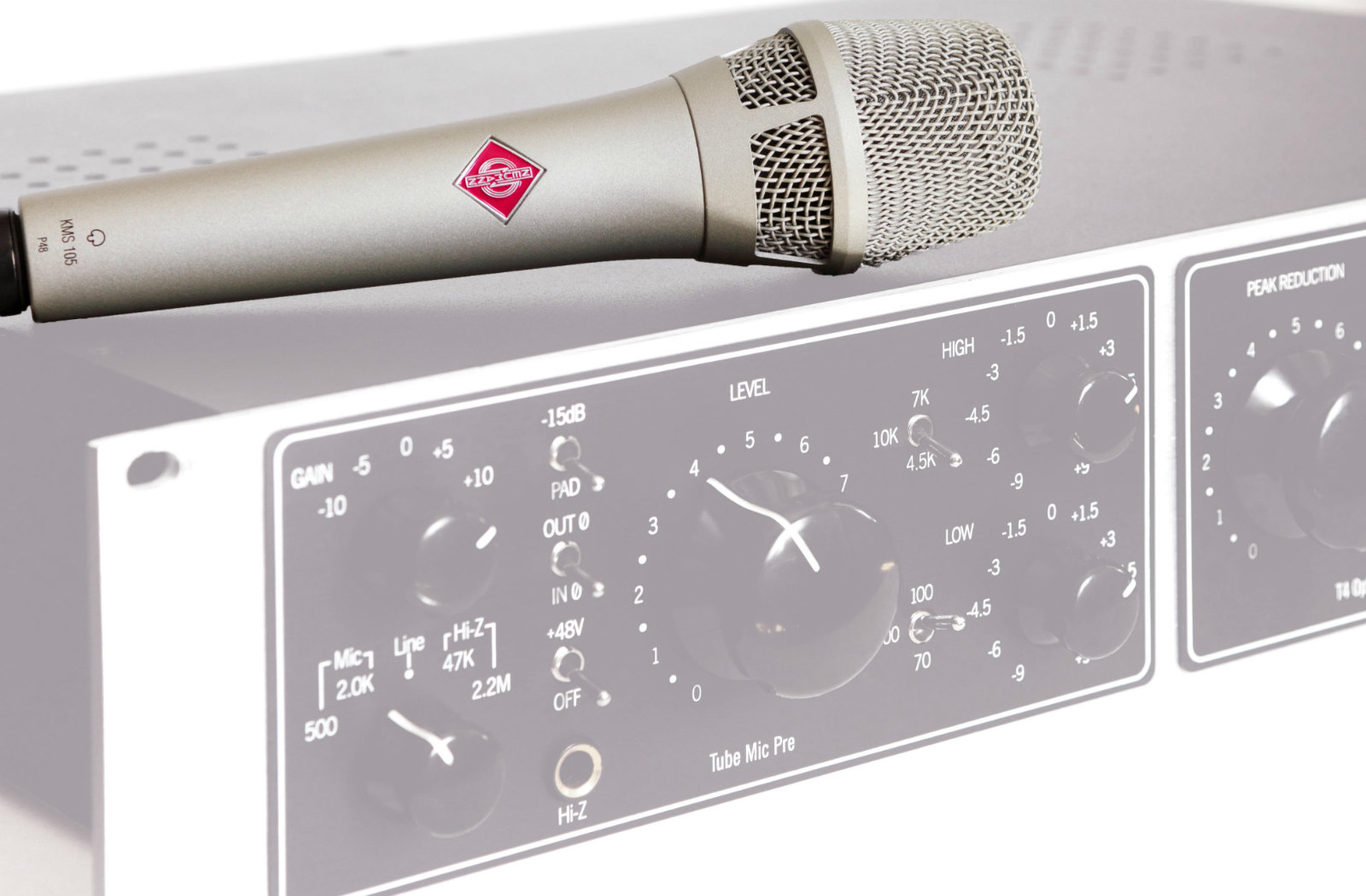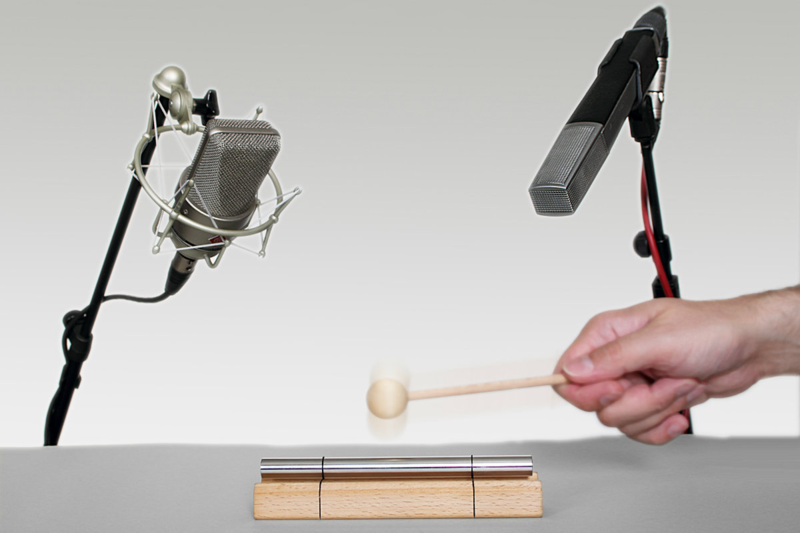WILL A BETTER PREAMP GIVE YOU LOWER NOISE?
As you turn up the gain on your preamp, noise will become audible at some point. But is this noise generated by the microphone or by the preamp? Or both? Can you achieve lower noise by using a more expensive preamp?
NOISE IS EVERYWHERE
Nothing ever is noise-free in the true sense of the word. Noise is the sound of the universe, if you will. There’s fan noise coming from your computer, and when you open the window, there’s traffic noise and the sound of people walking and talking, coughing and breathing in the distance. But noise is even in inanimate objects in the form of thermal noise. Thermal noise is a bit like city noise. Except, it’s not people moving, but tiny molecules. The higher the temperature, the busier the molecules, the more noise they generate.
Take for instance a small 200 ohms resistor. At room temperature, its thermal noise is about –130 dBu. That’s very, very low. But you can make it audible, if you connect it to the input of a microphone preamp and turn up the gain. At 60 dB gain, the thermal noise is amplified to –70 dBu. Which is definitely audible.
And that’s exactly what happens when you use dynamic microphone. Most dynamic microphones have an output impedance around 200 ohms, which generates about the same thermal noise as the aforementioned 200 ohms resistor.
PREAMP NOISE
So far, we’ve assumed the preamp does not contribute any additional noise. However, a real-world preamp will. The question is, how much? Well, in most cases less than you’d expect. Usual studio grade preamps add around 3–6 dB of noise. But there are some ultra low noise preamps that contribute less than 1 dB of additional noise.
Preamp data sheets rarely specify the noise figure (i.e. the amount of noise added). Usually, preamp noise is specified as “equivalent input noise” (EIN), probably because the resulting figure appears much more impressive. But it’s easy to compute a preamp’s noise contribution, provided the EIN figure was measured with a 200 (or 150) ohms resistor at the input (some manufacturers short the input, which results in – seemingly – better values).
For instance, a typical EIN figure would be –127 dBu. As we know, the noise of a 200 ohms resistor (as a stand-in for a low impedance mic) is about –130 dBu, so this preamp adds 3 dB of noise.
DYNAMIC MICROPHONES ARE NEVER NOISELESS
So even the best ultra low noise preamp cannot render a dynamic microphone completely noiseless. In fact, most of the noise you hear when you turn up the gain control is not preamp noise but amplified microphone noise. The core of the problem is that dynamic microphones have such low sensitivity that they require lots of gain. The noise of a 200 ohms source impedance may be small, but when you amplify it by 60 dB (some dynamic mics require even more than that!), it becomes audible.
The preamp itself only contributes a few dB of additional noise. However, once noise reaches the audible range, it makes quite a difference if it’s just 1 dB or maybe 6 dB. Every decibel counts! So if you plan on using ribbons and other low sensitivity dynamic microphones extensively, you may want to get a quality ultra low noise preamp or even a dedicated ribbon preamp.
LOWER NOISE WITH CONDENSER MICS
Condenser microphones typically have a much higher sensitivity than dynamic microphones. Since their output level is higher to begin with, they require much less preamp gain. That changes the game completely! At low gains, the preamp noise is rarely the limiting factor. The overall noise performance is dominated by the output noise of the microphone, which is specified as “self-noise” or “equivalent noise level.” Many modern condenser microphones are in fact so quiet that the self-noise ceases to be the limiting factor, because the ambient noise will be higher, even in a quiet recording room.
As a rule of thumb:
- Self-noise of 10 dB-A or less: the dominating factor is neither the mic nor the preamp but the ambient noise in the room.
- 11-15 dB-A: noise is audible only in critical situations (quiet sources and/or distant miking)
- 16-19 dB-A: noise is audible at high gains.
- 20-22 dB-A: background noise will be audible even at medium gains.
- Self-noise above 22 dB-A is unworthy of a studio microphone.
High quality condenser microphones, these days, are usually below 15 dB-A; good large diaphragm types are often below 12 dB-A. For comparison: A dynamic microphone with an ultra low noise preamp produces the equivalent of about 18 dB-A.
This test shows how much or little a good preamp can lower the overall noise. We placed a dynamic mic (Sennheiser MD 441, on the right) and a condenser mic (Neumann TLM 103, left) at the same distance from a small percussion instrument. Both microphones were recorded with three microphone preamps of different quality.
SOUND SAMPLES
- Dynamic microphone on a cheap preamp
- Dynamic microphone on an average preamp
- Dynamic microphone on an ultra low noise preamp
- Condenser mic on a cheap preamp
- Condenser mic on an average preamp
- Condenser mic on an ultra low noise preamp
SUMMARY
An ultra low noise preamp may lower the noise floor considerably, when you work with dynamic microphones. However, it won’t make dynamic microphones completely noiseless as most of the noise you hear comes from the microphone itself. All an ultra low noise preamp can do is reduce its own noise contribution to a minimum. Compared to a “normal” preamp like the ones you’ll find in a decent audio interface, a high quality ultra low noise preamp can improve the noise performance by about 3 to 6 dB – which can make a noticeable difference, if you want to record quiet sources with ribbons or other dynamic microphones.
For condenser microphones, the preamp’s noise performance is of little consequence because they typically offer much higher sensitivity (i.e. higher output level) than dynamic microphones. Moreover, high quality condenser microphones produce extremely low self-noise. Therefore, a good condenser microphone, even on an inexpensive preamp, will give you lower noise than a dynamic microphone on the most expensive ultra low noise preamp.

Preamps (1)
Why Do I Need a Preamp?

Preamps (2)
What are the Basic Features and Functions of a Preamp?

Preamps (3)
How To Set Up Your Preamp

